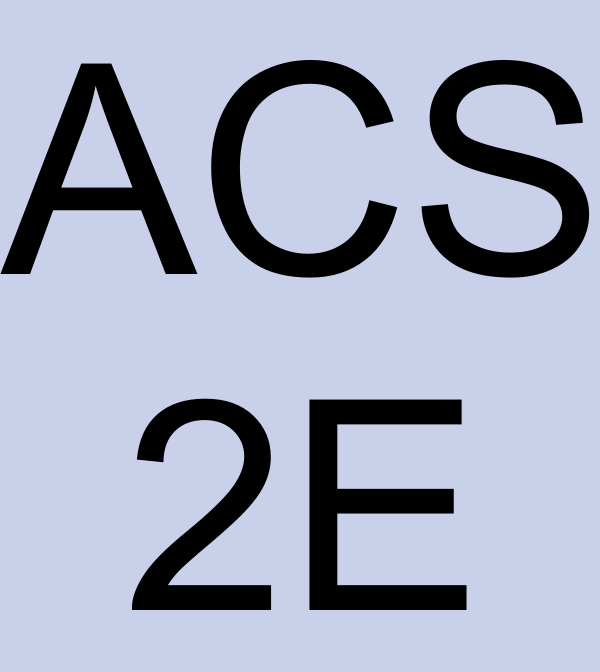Skip to main content\(\newcommand{\dollar}{\$}
\DeclareMathOperator{\erf}{erf}
\DeclareMathOperator{\arctanh}{arctanh}
\DeclareMathOperator{\arcsec}{arcsec}
\newcommand{\lt}{<}
\newcommand{\gt}{>}
\newcommand{\amp}{&}
\definecolor{fillinmathshade}{gray}{0.9}
\newcommand{\fillinmath}[1]{\mathchoice{\colorbox{fillinmathshade}{$\displaystyle \phantom{\,#1\,}$}}{\colorbox{fillinmathshade}{$\textstyle \phantom{\,#1\,}$}}{\colorbox{fillinmathshade}{$\scriptstyle \phantom{\,#1\,}$}}{\colorbox{fillinmathshade}{$\scriptscriptstyle\phantom{\,#1\,}$}}}
\)
Preview Activity 3.5.1.
Let
\(f(x) = 2 + \frac{3}{1+(x+1)^2}\text{.}\)
(a)
Find
\(f'(x)\) and use it to determine all of the critical numbers of
\(f\text{.}\)
(b)
Construct a first derivative sign chart for
\(f\) and thus determine all intervals on which
\(f\) is increasing or decreasing.
(c)
Does
\(f\) have a global maximum? If so, explain why, plus state the location and value of the global maximum. If not, explain why not.
(d)
Determine
\(\displaystyle \lim_{x \to \infty} f(x)\) and
\(\displaystyle \lim_{x \to -\infty} f(x)\text{.}\)
(e)
Explain why
\(f(x) \gt 2\) for every value of
\(x\text{.}\)
(f)
Does
\(f\) have a global minimum? If so, explain why, plus state the location and value of the global minimum. If not, explain why not.

